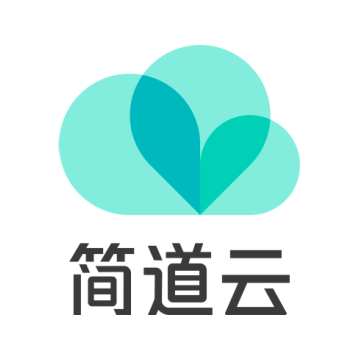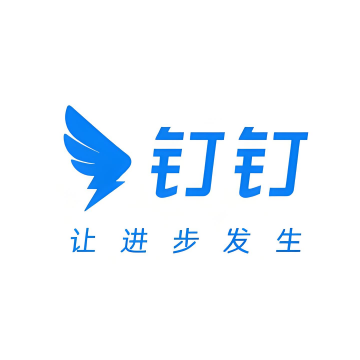微信小程序的自定义组件可以通过在wxml文件中定义,并在js文件中设置样式来控制其宽度。以下是一些技巧和步骤,可以帮助你更有效地设置自定义组件的宽度:
1. 使用css类:
(1) 在自定义组件的wxml文件中,你可以定义一个css类,然后使用这个类来控制组件的宽度。例如:
```html
- 组件内容 -->
```
(2) 然后,在js文件(例如`index.js`)中,你可以设置这个类的属性,如`width`:
```javascript
export default {
data() {
return {};
},
methods: {
setComponentWidth(width) {
this.customComponentClass = 'custom-component-class';
this.customComponentClass.style.width = width + 'px';
}
}
};
```
2. 使用v-bind绑定数据:
(1) 你也可以直接在wxml中使用v-bind绑定数据来动态改变组件的宽度。例如:
```html
- 组件内容 -->
```
(2) 在js文件(例如`index.js`)中,你可以使用`this.$set`或`this.$emit`来触发数据的变化:
```javascript
export default {
data() {
return {};
},
methods: {
changeComponentWidth(width) {
this.$set(this, 'width', width);
}
}
};
```

3. 使用计算属性:
(1) 如果你需要根据组件的其他属性或状态动态地设置宽度,可以使用计算属性。例如,假设你的组件有一个背景颜色属性`backgroundColor`,你可以这样设置宽度:
```html
```
(2) 在js文件(例如`index.js`)中,你可以使用计算属性来获取这些值:
```javascript
export default {
data() {
return {};
},
computed: {
customComponentWidth() {
return this.backgroundColor === 'red' ? 50 : 100; // 红色背景时宽度为50px,其他背景时为100px
}
}
};
```
4. 使用v-model双向绑定:
(1) 如果组件的状态是双向绑定的,可以使用v-model来实现组件宽度的动态变化。例如,假设你的组件有一个输入框,用户可以输入宽度值:
```html
- 组件内容 -->
```
(2) 在js文件(例如`index.js`)中,你可以监听输入框的值变化来更新组件的宽度:
```javascript
export default {
data() {
return {};
},
methods: {
updateComponentWidth(newWidth) {
this.width = newWidth;
this.$emit('update:width'); // 触发数据变化事件
}
}
};
```
通过上述方法,你可以灵活地设置微信小程序自定义组件的宽度,使其适应不同的应用场景。

















 川公网安备51015602000223号
川公网安备51015602000223号